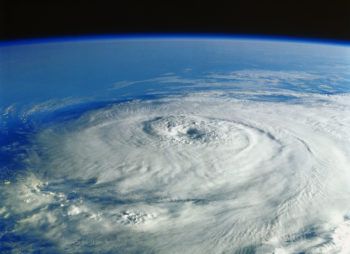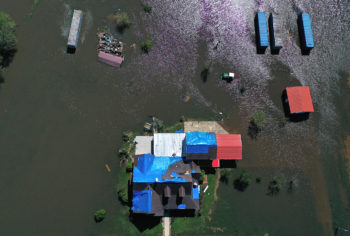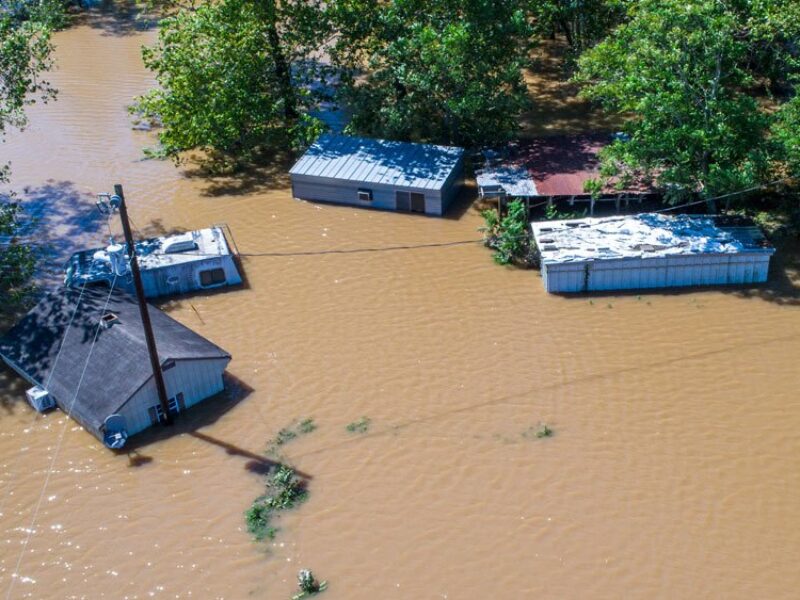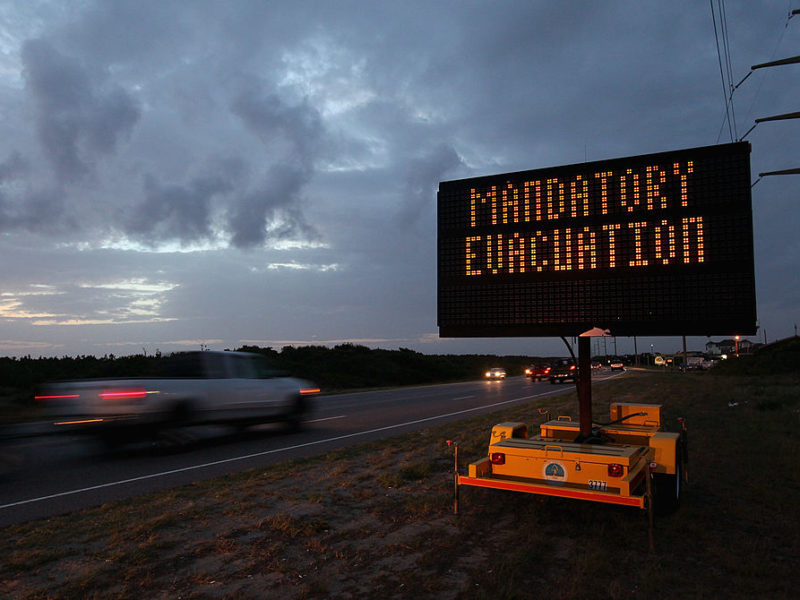Texas A&M Expert Stresses Need For Preparedness This Hurricane Season

Tropical storms Bret and Cindy both dissipated over the weekend after catching the attention of meteorologists and the public as the first recorded pair of storms to form simultaneously in the tropical Atlantic in the month of June.
Despite this historic opening to the 2023 Atlantic Hurricane Season, predictions are still calling for a “near-normal” number of hurricanes this year, with an emerging El Niño event expected to suppress storm formation in the Atlantic.
Still, Texas A&M University climate scientist Dr. Andrew Dessler says communities along the coast can’t afford to let their guard down.
“It only takes one storm to ruin your day,” said Dessler, a professor in the Department of Atmospheric Sciences and director of the Texas Center for Climate Studies. “If you live in a place that could be affected by a hurricane, the most important thing is to be prepared. Figure out your hurricane plan and be ready for a storm to impact you.”
Rather than focusing on the expected number of storms each season, Dessler said these communities are better off considering the overall destructive power of each storm, and the potential impact on their homes, lives and livelihoods. As Dessler explains, global warming is making hurricanes more dangerous in several key ways.
“First,” Dessler said, “as global temperatures rise, so do sea surface temperatures, providing more energy to fuel hurricane development and potentially leading to more intense storms.”
Rising temperatures also cause more water to evaporate into the air, he said, creating hurricanes with significantly higher rainfall amounts.
“Additionally, climate change contributes to rising sea levels, which can exacerbate the destructiveness of storm surges associated with hurricanes,” Dessler said. “A higher baseline sea level means that storm surges can reach further inland, causing more extensive flooding.”
These trends will only worsen as global temperatures continue to increase, he said, though it’s not clear how climate change will impact factors like El Niño/La Niña events, which influence the number of storms that form each year.
“We don’t really know what will happen with the number of hurricanes,” Dessler said. “We might see fewer hurricanes in the future.” But even if this is the case, the devastating power of the storms that do form will necessitate proactive measures by scientists and government officials.
Preparing For The New Normal

Dessler laid out the following steps that coastal communities can take to mitigate the damage caused by increasingly destructive hurricanes:
• “Infrastructure needs to be updated and reinforced to withstand these
stronger storms. This could involve improving drainage systems to
handle increased rainfall, reinforcing buildings to withstand stronger
winds, and constructing seawalls or other barriers to protect against
higher storm surges.”
• “Development should also take into account the increasing risk of hurricanes. This could mean reconsidering the suitability of building in areas particularly vulnerable to storm surges or flooding.”
• “Improved forecasting and early warning systems can also play a crucial
role in mitigating the impact of hurricanes. Better forecasts can give
people more time to prepare or evacuate, potentially saving lives and
reducing property damage.”
• “Last, public education is key. Ensuring that people are aware of the
risks posed by hurricanes and know what to do when a hurricane is
imminent can significantly help in reducing the overall impact of
these events.”
Dessler said this kind of multifaceted approach is crucial for adapting to a warmer world — and protecting the millions of people who find themselves in the path of a hurricane each year.
Media contact: Luke Henkhaus, henkhaus@tamu.edu





